I tried outlining. I used to long to be a writer who outlines in very much the same achingly desperate way that I used to long to become a person with tidy and organized closets. Thing is, I’m just not the sort for either one. Adi’s hilarious and insightful Monday post started me thinking about why.
Google “novel outline images” and you’ll find gobs of ways to outline a book. It’s not always the roman numeral/capital letter stuff. Methods abound. But my problem is, they are almost always linear. Left to right, up to down. It’s right there in the word itself: Outline.
My stories aren’t left to right or up to down to me. I visualize them more like helixes. I’m at one end of the helix when starting a new project and during the process I’m inside it, with its characters and scenes all around me. If I’m lucky I will eventually come to the far end of the helix, with all the plotting behind me, and then the book is complete.
I am not known as a linear thinker–just ask my family. What I do instead, I think the experts call it “radial thinking.” Ideas sparking other ideas in all directions. In three dimensions, even. While this trait apparently makes me a laugh riot at the bar with my droll asides and non sequiturs, it makes just about any outlining task anathema to me. The closest I get to an outline that works for me is an Idea Web. (Incidentally, here’s a pretty cool one.)
So how do I organize a plot? The same way I go about organizing a closet. First few drafts, I just cram everything in there, wherever it fits, even if it doesn’t.
Then in the next draft I take everything out. Yup. Empty the entire closet and set all of its contents on the floor. In other words, by the time I start this particular draft, I’m starting over. I’ve figured out the scenes that are essential and that have a specific place they need to occur in the plot line. Those things are like the most important things that need to be in the closet. I place those on the shelves first, where I can make sure they go into their ideal slots. The inciting incident, at the beginning; the climax scene, near the end, etc. Sometimes I do this physically, by cutting up a printed draft and laying out everything on the floor around me. Then I figure out how the other scenes/items need to fit around them.
The closet shelves are getting filled up again, but neatly this time. The draft seems to be coming together.
Then, a reversal! At some point I realize that not everything I want in the closet is going to fit. I have to omit items, or change them or wedge them in differently. Often, once I see how things are not quite fitting into my closet, I have to take every last item out and start over again. Scenes get pulled out and reworked or rearranged.
I organize and place them by instinct almost, juxtaposing scenes for max effect, keeping all the plot balls in the air.
At some point, finally, everything has a place. It looks good; it feels right and complete. I don’t know how else to explain it, but my story is plotted then. It’s set. It’s done.
Now you. Tell me about your outlining technique. At least, tell me if my method makes sense to anyone but me.

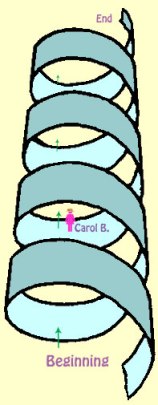

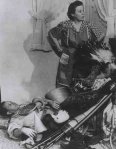




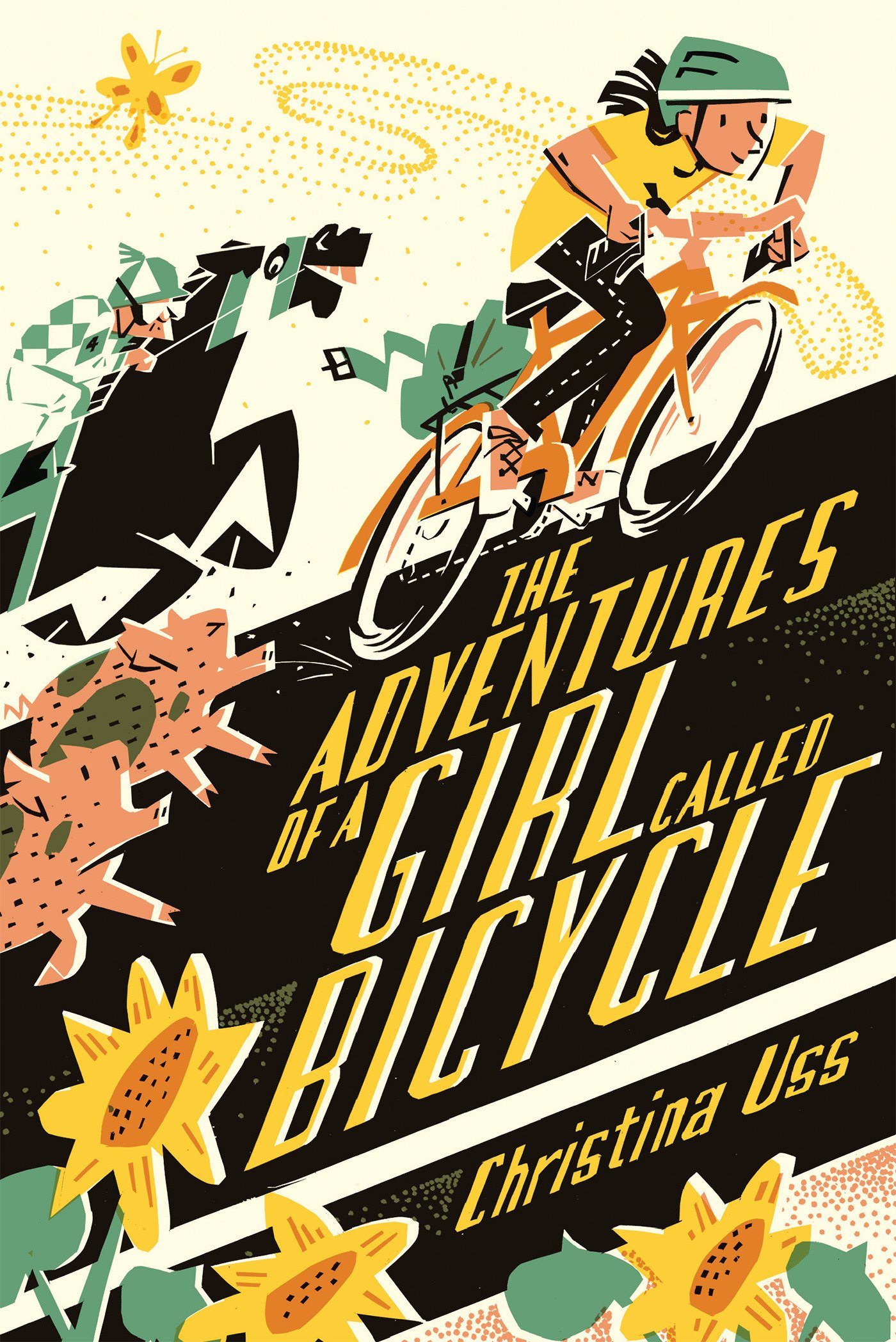







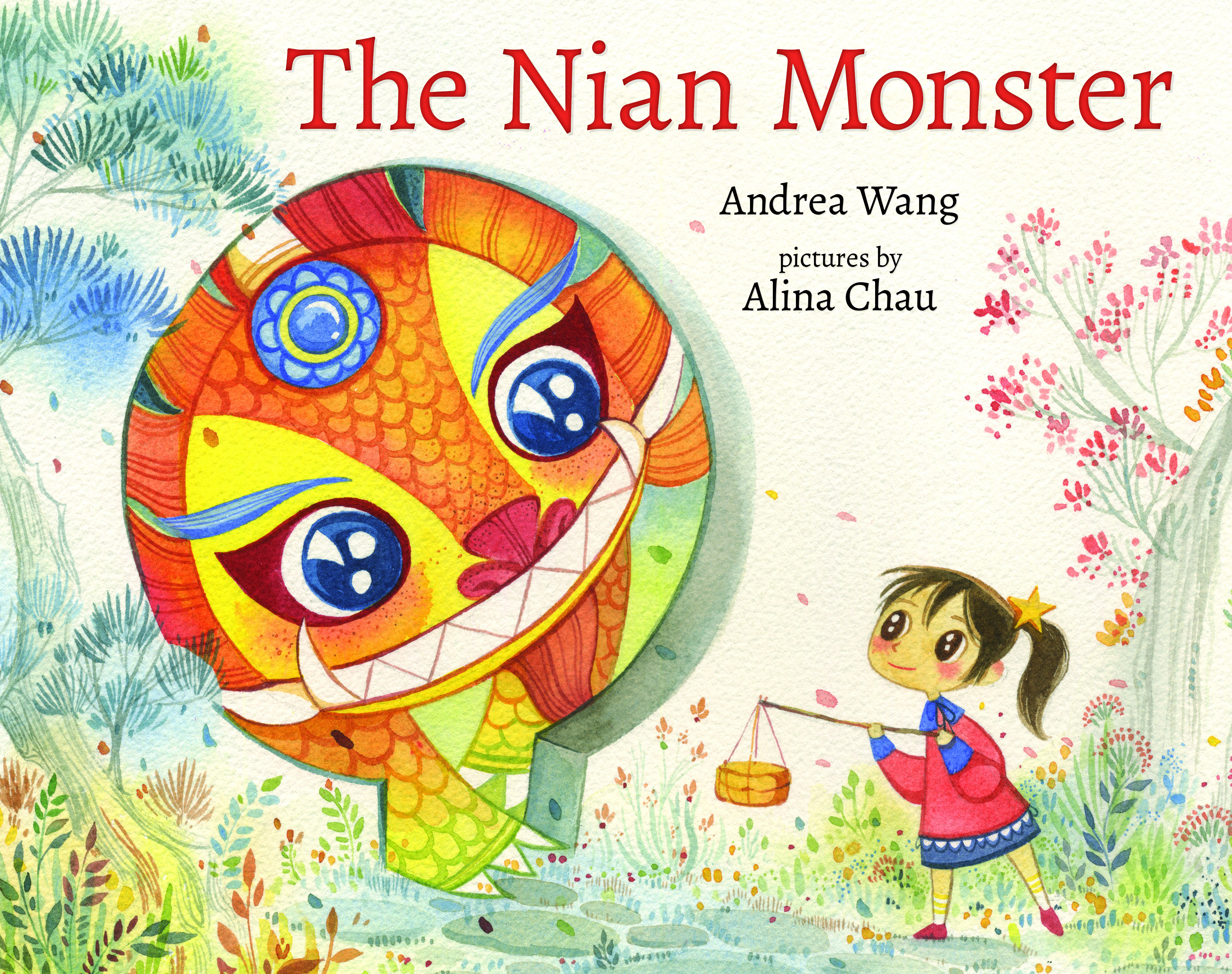
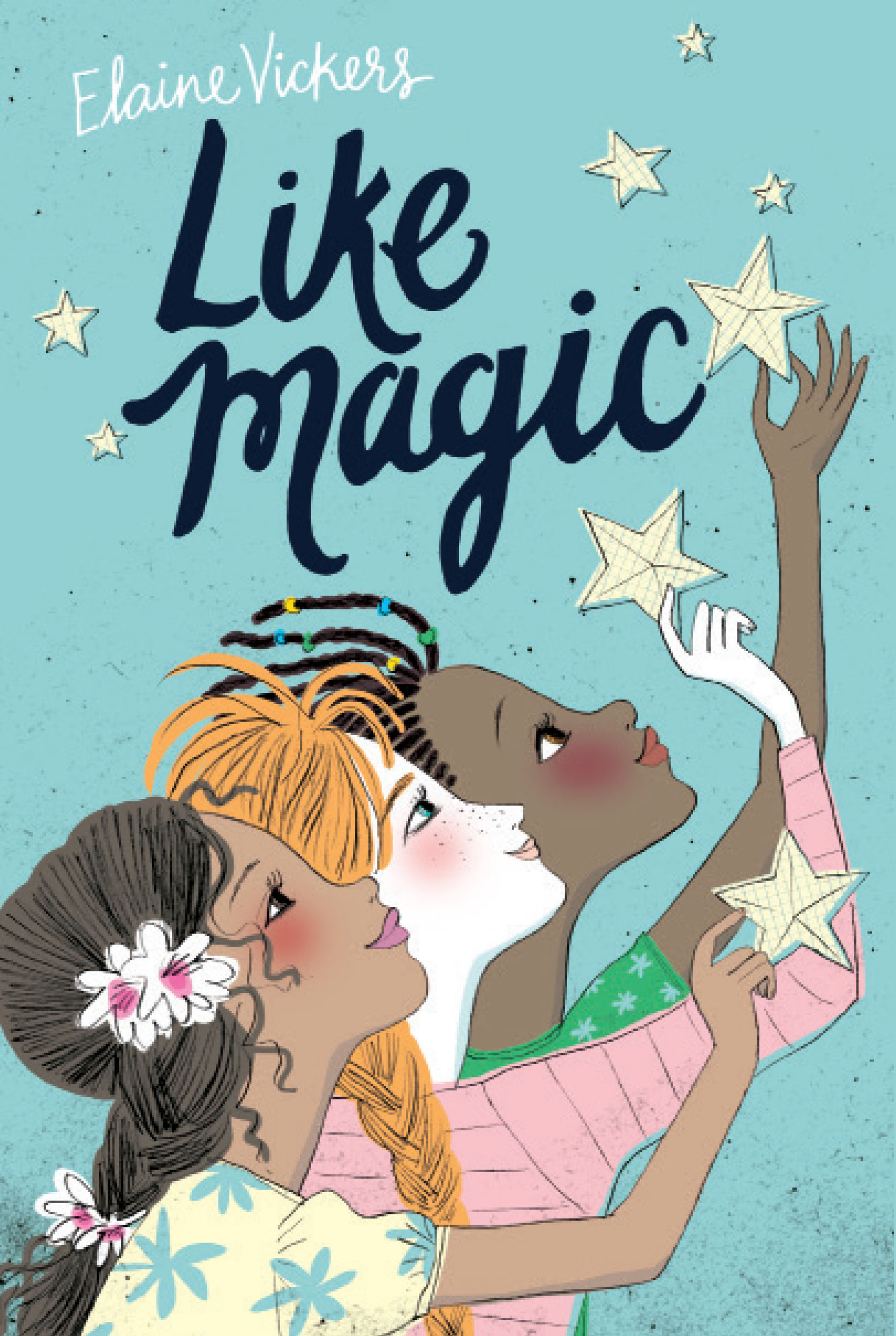
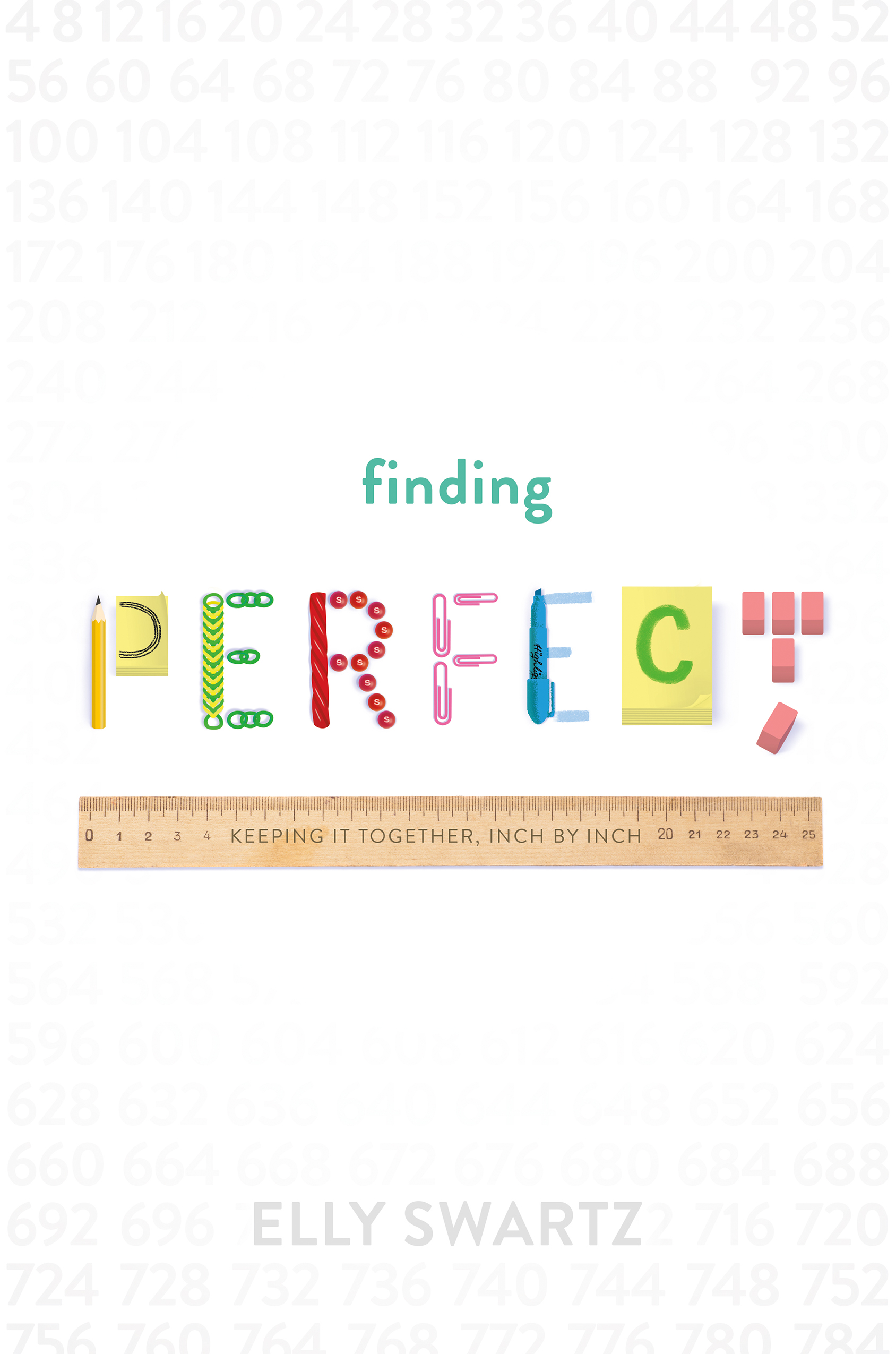
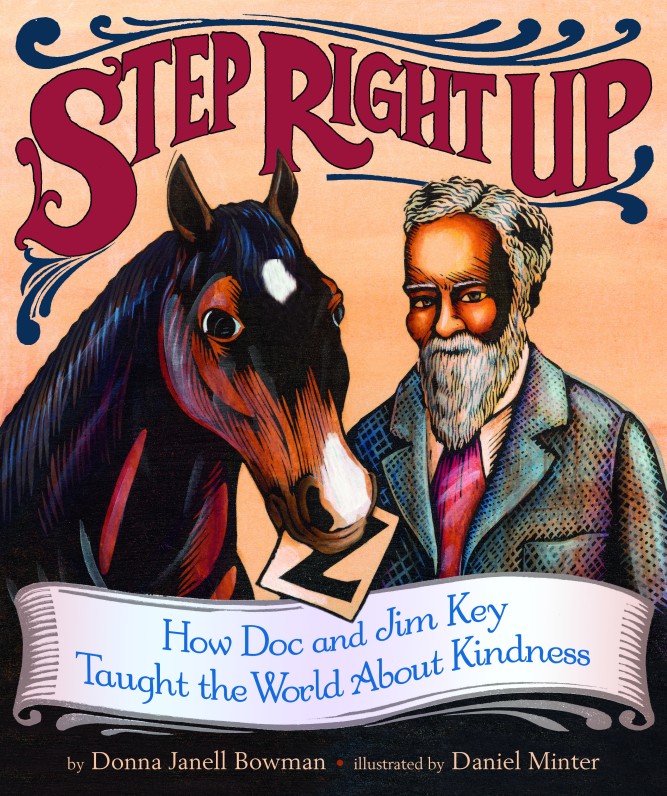
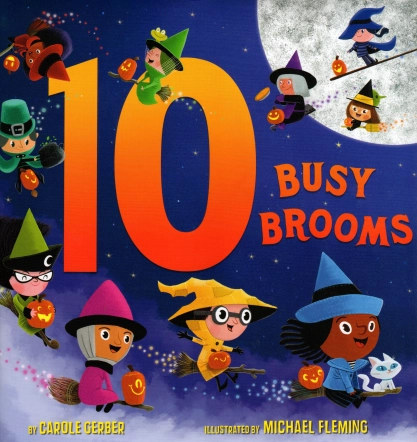

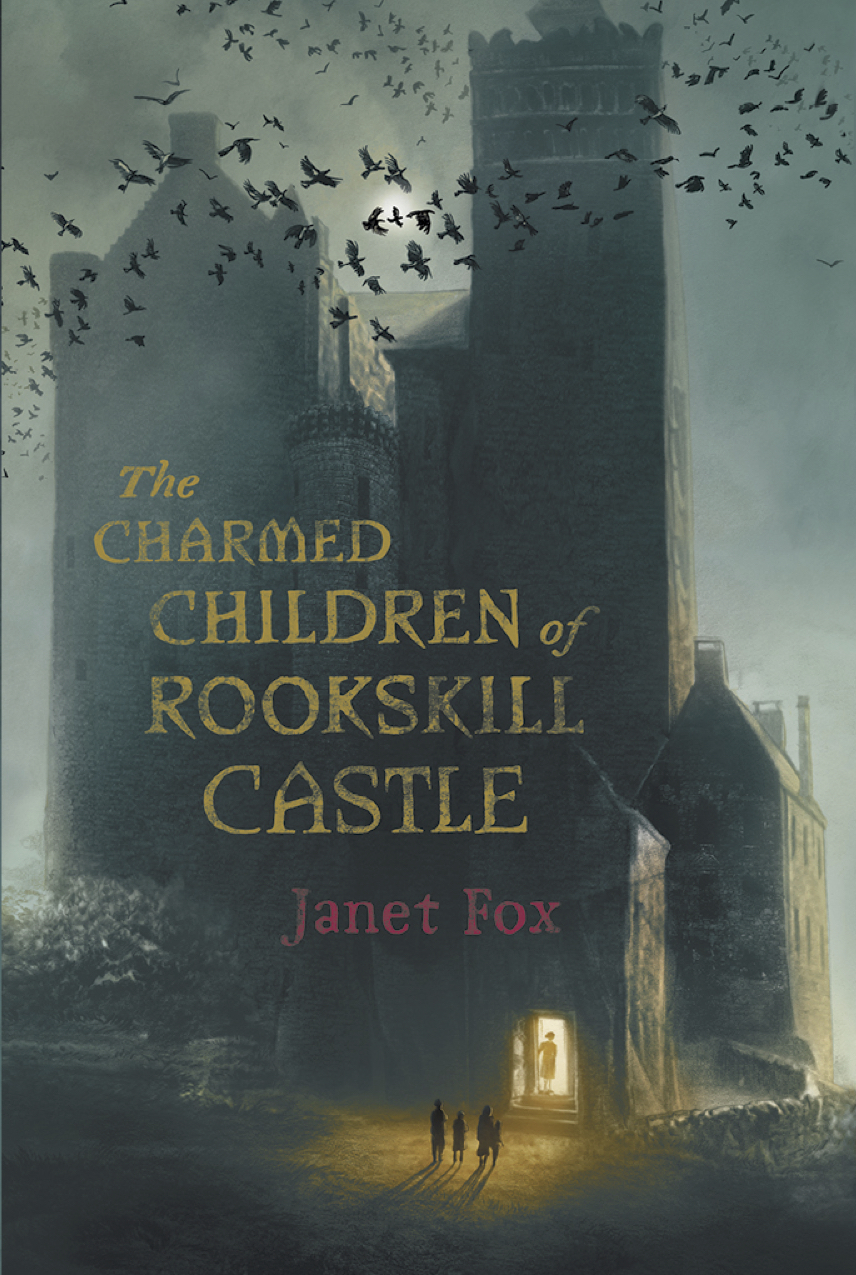
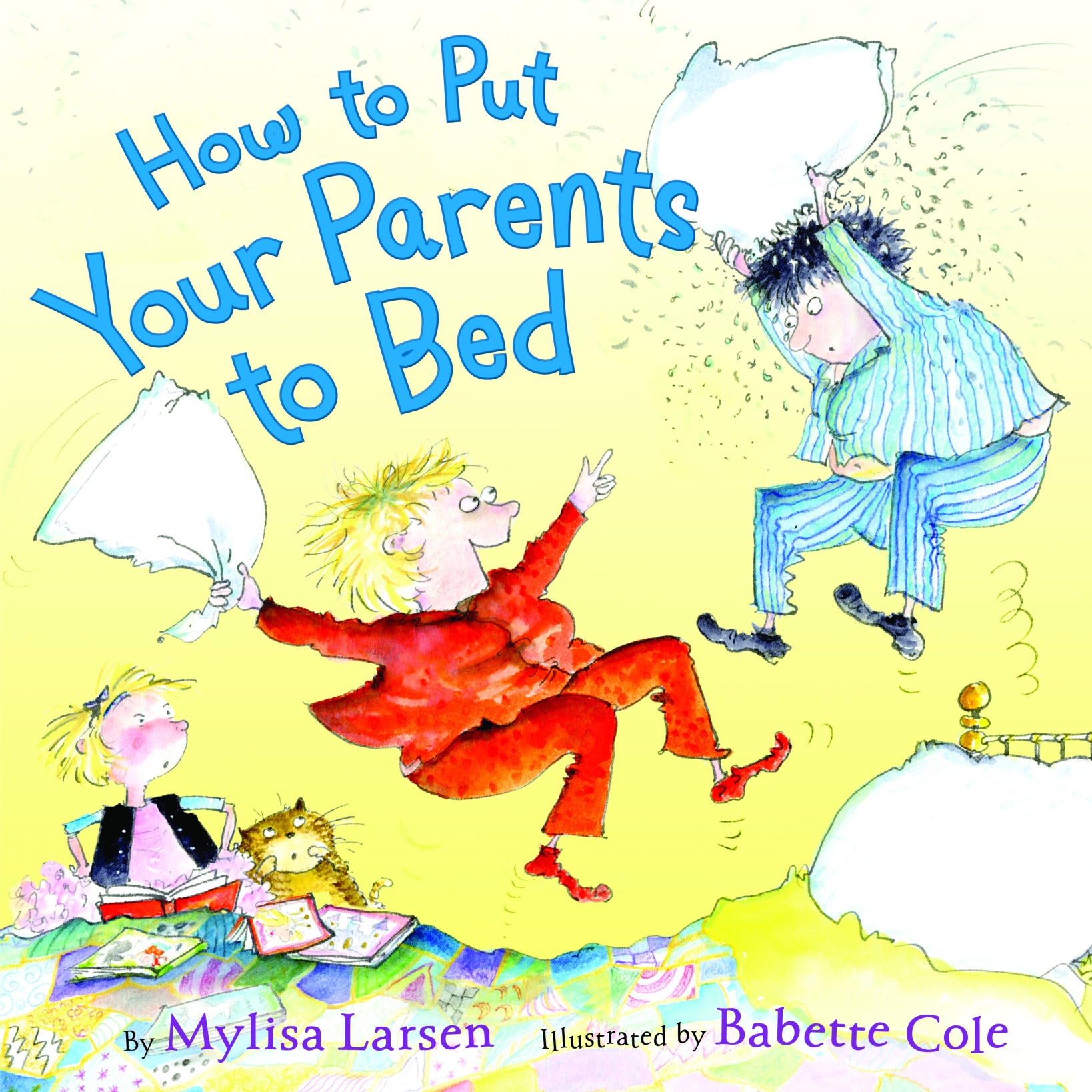



I love it. That’s how my brain works, too. And hey, no sense messing around with something that works!
LikeLike
Oh, what a relief to know I’m not alone! Yeah, why fight it? Like Adi said, write how you know.
LikeLike
I write in spirals but not quite like this. More of a constant circling round, trying to find the core, writing and tossing, writing and tossing.
LikeLike
I love that thought. Peeling the onion? Well, sort of.
LikeLike
Hi Carol, great post, and yes. it all makes total sense. Don’t you find too that by the time you’ve pulled everything out again those items you thought went with everything else in your closet just don’t fit anymore and they need to be stored away for the next book.
LikeLike
Yes, and they always seems to contain the best jokes or most sublime metaphors. Grrrr
LikeLike
Great thoughts! When I had to write an outline in high school or college for a paper, I always wrote the paper first (at least my rough draft) and then the outline! I couldn’t imagine outlining when I never knew where my words would take me.
LikeLike
Penny, that’s EXACTLY how I wrote papers.
LikeLike
Yes, outlines just aren’t visually fluid enough. They could impose restraints, even if you know you can always alter them later.
LikeLike
I like the idea of outlining. The execution is where I tend to be lacking 🙂
LikeLike
I guess I do organize scenes in my head. I’m not exactly stumbing around blind. But yeah, why waste time forming an outline when you can just get started?
LikeLike
I just write and meet the characters as I go. Amazing things pop up. I have a general path in mind, but every time I am told to write an outline I struggle. Sometimes my characters break up unexpectedly. Or somebody dies. Or what I set out to say didn’t turn out to be that interesting. I haaate being asked to outline.
LikeLike
Uh-huh! I get that outlines aren’t set in stone but I would still feel like a failure if I veer from it.
LikeLike
Thanks for this post. It’s helpful to see how others do it. Love the closet approach — maybe I will try it out!
I tend to have a headlights-at-night kind of process — linear, but without a plan for what happens three scenes ahead. And sometimes I veer off the road into the woods and have to backtrack.
LikeLike
That is like another image I considered, of me stumbling along a dimly lit hallway, with open doors on either side representing scenes. But in this image I’m still moving forward (and backward) and through, not left to right.
LikeLike
I always find if I write an outline, no matter how sketchy, I don’t want to write the book anymore. I like finding out the story as I go. And I’m hopelessly unlinear too. I almost always start with some major, dramatic scene from somewhere midway through the book and work out in both directions from there.
But I do like to write the ending early on so I have something to aim for.
LikeLike
Starting in the middle someplace. That’s about as radial as it gets, right?
LikeLike
What a great post. Yeah, heh heh, this is about how I think too. I love the closet metaphor. I draft then realize too much is crammed in there. I need to dump scenes, characters who aren’t pulling their own weight, etc.
When I draft though, I usually write notes to myself. This is kind of like an outline. I might write: “Cut this later if it doesn’t really fit” or “Add another scene with him” to remind myself how to revise.
LikeLike
I write notes in the margins, too! And sometimes I remember to read them.
LikeLike
Pingback: Thoughts on being star-struck … | EMU's Debuts